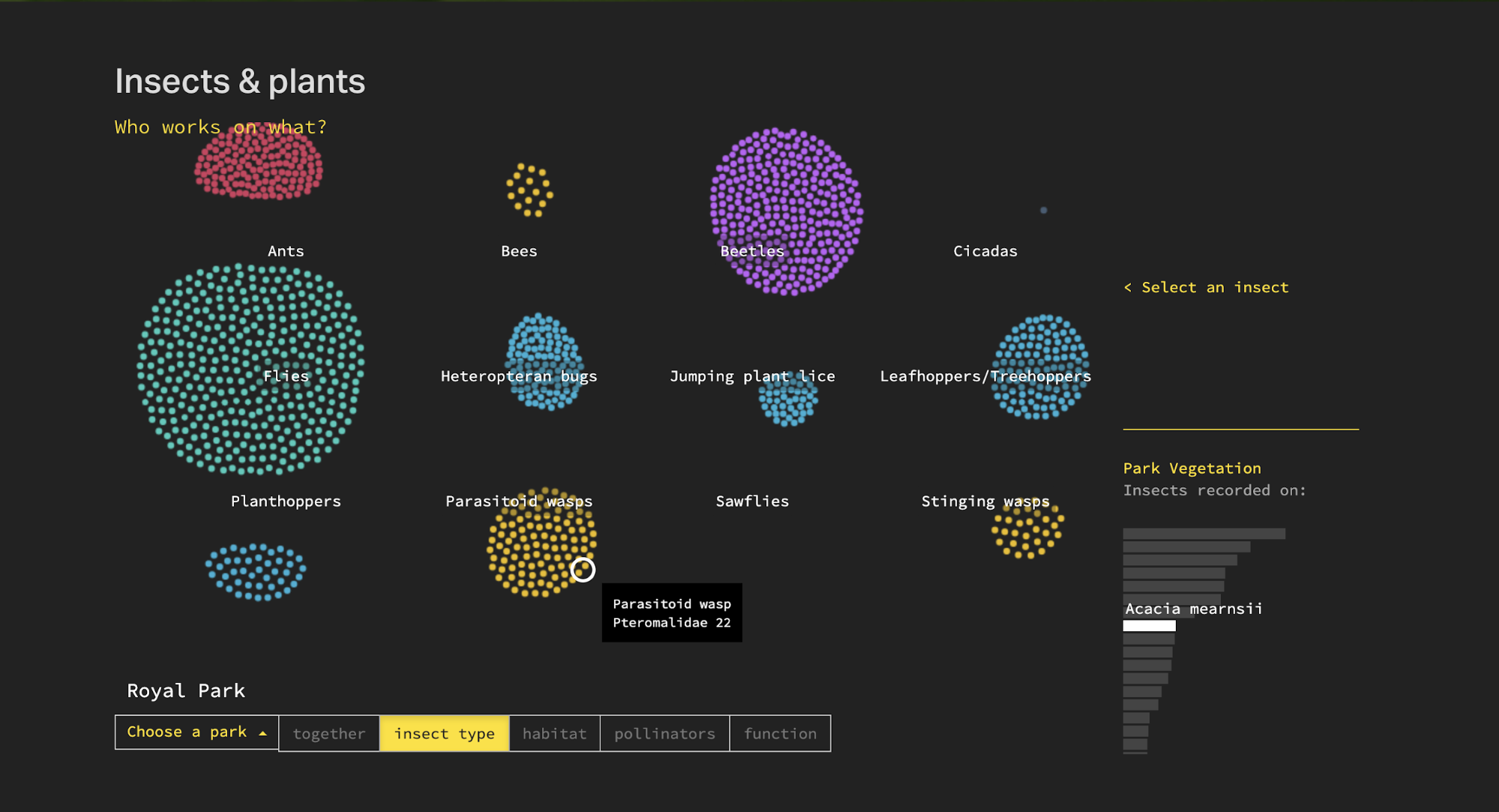
Through a combination of scientific and community activity our living environment is increasingly registered and documented as data. Given the expanding breadth of this digital domain, it is crucial that scholars consider the problems it presents as well as its affirmative potential. This article critically examines biodiversity data through a close reading of public-facing databases, citizen science platforms, and data visualisations. It integrates perspectives from screen and media studies, digital design and environmental studies, reflecting the authors’ disciplinary backgrounds. Our aim is to evaluate whether and how biodiversity data on-screen has the capacity to convey the complexities of a more-than-human world in ways that can amplify understanding, connection and attention amongst interested publics. We develop a critical analysis of the emerging visual languages of digital biodiversity, in order to better understand how these forms operate as environmental media: designed representations of the living world.
Case studies include the Atlas of Living Australia, Canberra Nature Map, the City of Melbourne Insects site (by OOM Creative - pictured), and my own experimental interface Local Kin
By Mitchell Whitelaw and Belinda Smaill, in the Journal of Envionmental Media 2(1) (2021)
Published version available here